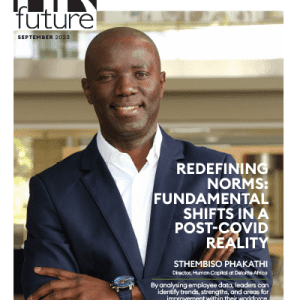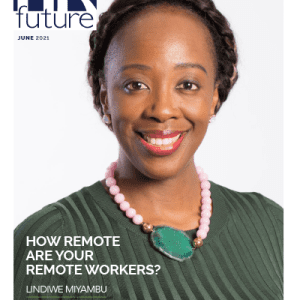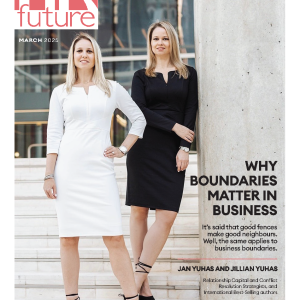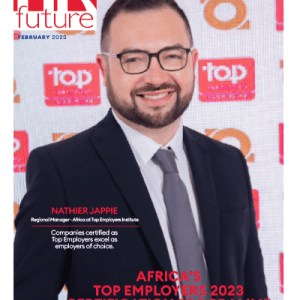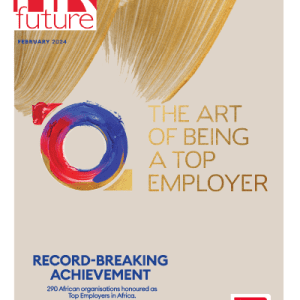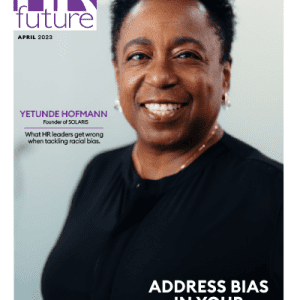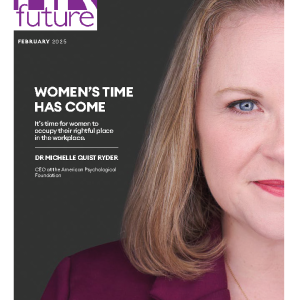Women make up more than 50% of the global workforce yet, less than 25% of women have senior leadership roles and these figures are not changing quickly enough to make an impact in the immediate future. According to the World Economic Forum’s Global Gender Gap Report 2022 [1] the Covid-19 pandemic put the brakes on closing the gender gap in the workplace with estimates that it will take another 132 years to close the gap. Further, the cost-of-living crisis is impacting women disproportionately to men in the workplace.
To overcome this challenge, the World Economic Forum suggests that government and business make two sets of efforts: targeted policies to support women’s return to the workforce and women’s talent development in the industries of the future.
As the business landscape evolves into the new service economy that does not rely on physical strength but rather on the skills that come easily to women, such as determination, attention to detail and measured thinking, now is the time for companies to embrace women’s long-term strategic vision and community building [2]. To achieve this, a few changes need to take place in organisations across the globe.
Changing culture
Breaking down an entrenched male culture is critical. Change must be led by CEOs, especially males, to demonstrate commitment to getting women into leadership. The good news is men know this. And as the majority of leaders setting policy are male, they have the power to make change happen. While programmes, policy and HR have been tried and tested to make gender-neutral hiring and parity happen the process has proven too slow. Male leaders need to be part of the solution to bringing more women into leadership, and they need to make changes today to make this happen as a priority.
Leaders support leaders
The best male leaders are taking women to one side and asking them what they need to succeed, demonstrating their commitment to help women up the ladder. They are also focusing on encouraging and training women to take advantage of opportunities that will stretch and develop leadership strengths. There is also a need to adopt a culture of shared power which is driven from the top.
At the same time there has been a shift in workers’ expectations of what they want from their jobs, and their lives, this is transforming the relationship between employers and employees. With workers wanting to work with supportive managers (83%) and trusted leaders (80%) [3] that offer more flexibility, autonomy, trust, coaching and development. Women intrinsically have these skills and are needed to take on leadership roles within the organisation to meet this need.
Flexibility over presenteeism
Working life changed dramatically for many over the past two years. Hybrid and remote working paved the way for workers to enjoy more control, redefine work and demand more flexibility.
This is particularly true for women, who are not asking for favours in the workplace, but rather for the opportunity to contribute to the organisation’s success with flexible working. Many women are balancing work and home life, and presenteeism versus outcomes is a stumbling block to the top. Women most value the flexibility to perform their jobs when it is suitable for them rather than measuring performance by having “butts in chairs”. As such women want leaders that walk the talk and take responsibility for creating a culture of Conscious Inclusion.
Mentoring women to the top
All women are looking for support – and companies need to provide it to retain them – but that will not guarantee success. Mentorship and training provide valuable gains for women in the workplace, but it does not lead to promotion. Companies need to be cautious and proactive in giving women what they want, and if it is promotions that they are after, sponsorship is proven to be more effective than mentoring as it consciously advocates for women in the boardroom.
This is a critical distinction for leaders to act upon.
With a longer working life and later retirement ahead, leaders need to plan and manage career ‘waves’, not ladders. With the great resignation, reshuffles and reprioritisation of recent months, we’ve learned that employees are willing to vote with their feet. They are demanding more – more choice, more flexibility, more autonomy, more well-being and employers that are willing to stop, listen and take action will attract and retain the best talent. This is the time for women to step into leadership roles and steer the course for the workplace of the future.
[1] https://www.weforum.org/reports/global-gender-gap-report-2022
[2] https://www.weforum.org/agenda/2020/03/more-women-in-leadership-shouldnt-matter-but-it-really-does/
[3] https://web.manpowergroup.us/what-workers-want?utm_source=linkedin&utm_medium=organic-social&utm_campaign=mpg_us_b2b_what-workers-want-2022
Lyndy van den Barselaar is the Managing Director at ManpowerGroup SA.























